March 11 (Lunar calendar: February 20), 2023 Saturday | Dawnxisoul393art
《Cheung Chau, the Beautiful Island》, painted by dawnxisoul393
That day, we went to Cheung Chau Island to sketch and paint. The boat we took was the ferry from Central to Cheung Chau Island via Mui Wo. Our original plan was to take the 8am express ferry, but we arrived at the ferry terminal a little early and the regular ferry arrived just in time, so we took that ferry, which left at 7:40am. The lower deck where we were was almost empty and we sat in the window seats. As soon as the ferry left the Mui Wo pier, our little Dawnxi fell asleep in her baby carriage. Looking out the window at the slowly passing landscape, we started to feel a little sleepy. So we closed our eyes and tried to rest, but the ferry quickly reached Cheung Chau Island.
Cheung Chau Island is located between Lantau Island and Lamma Island, with an area of 2.45 square kilometers and about 30,000 inhabitants, making it the most densely populated of the outlying islands. Most of the houses on Cheung Chau Island are small 3-story buildings built by local residents in different colors, mainly white, some of which are crawling with traces of age on their outer walls because of their age. There are no motor vehicles on the island except for official cars, and residents travel by bicycle or on foot. There is a small store around the corner that looks like the place where we used to buy snacks with our pocket money when we were kids. One of the most famous and unique traditional events on Cheung Chau Island is the "Bun Snatching Hill", a folk custom on Cheung Chau Island that originated in the mid-Qing Dynasty and has been around for over two hundred years. This activity starts every spring after the "Great Temple Festival of Cheung Chau".
Many buns are steamed out of flour and piled up in front of the North Emperor Temple to form a "bun mountain" for the gods. After the ceremony, people rushed to the "bun mountain" and "grabbed" the buns hanging on the mountain. The villagers believe that the more buns they eat, the better luck they will have, and after 1978, the government decreed that the "bun snatching" should be ended and replaced by a form of distribution to the participants. Since 2005, however, the event has been revived and is held on the eighth day of the fourth month of the Hong Kong lunar calendar, or Buddha's Birthday. During the festival, islanders fully participate in dragon dances, lion dances, drumming and other activities, with a level of entertainment even higher than that of the Lunar New Year. In addition to the "bun-snatching" competition in front of the Pak Tai Temple, the "float parade" on the main street is also a must-see highlight.
The "Great Cheung Chau Temple Festival" was chosen by Time Magazine as one of the ten weirdest festivals in the world for its unique colors. We bought a "peace bun" for lunch. It was actually a simple flour bun with red letters printed on the top of the bun. We introduced our daughter to the "Cheung Chau Grand Temple Festival" and the origin of the "peace buns". Later, my daughter drew a "peace bun" on the beach with a tree branch, but the bun looked like a ball rather than a bun. Snack bars selling "big fish balls" can be found all over the island, the most famous being the one near the pier. The big fish balls in Cheung Chau are also very big, rivaling those in Lamma, so big that some of the thinner bamboo skewers can only skewer two big fish balls each.
In fact, Cheung Chau Island's famous food is "glutinous rice patty". Among them, mango-flavored "glutinous rice patty" is the best, with sweet glutinous rice wrapped around the whole mango flesh. In Cheung Chau Island, there is another food called "chicken shit vine", which is wrapped in banana leaves for HK$5 per row. The name "chicken shit vine" is unpleasant, but very delicious. It is a typical southern snack, is made of young chicken shit vine stems and leaves chopped, mixed with glutinous rice flour steamed, green color, mixed with coconut milk, sugar to eat, very tasty, but also warm stomach, the role of the blood.
Moving on, we went on to our sketching assignment for the day. Slowly, the beauty of Cheung Chau Island kept coming into view. The dense green woods, red sandstone rocks, and blue sea water made a beautiful painting.
The roadside is full of wild plants, a tender green in the sunlight, the common dogwoods of our childhood, which are very rare to see in the city now. The island's wild-land hills look very natural and full of vitality. The yellow and white wildflowers in the sunshine add colour to the island. We saw the sea from afar and saw the waves lapping on top of the reefs stirring up the waves. The water was turquoise and the sea breeze was cool. Overhead, several eagles kept circling in the sky, adding some magnificent beauty to Cheung Chau Island. After passing through the narrow street full of dried seafood and many food stores, we reached the east side of the island. This is a popular beach for many people in Hong Kong - East Bay Beach.
East Bay Beach, the largest beach in Cheung Chau, has crystal clear water and a beautiful view. Based on archaeological excavations and the Cheung Chau stone carvings found in 1970 in the southeast of Cheung Chau, it can be inferred that the first people lived in Cheung Chau at least 3,000 years ago. Like the prehistoric stone carvings found elsewhere in Hong Kong, the Cheung Chau stone carvings may be associated with the Shang ancestors' rituals for weather and prayers for calm winds and waves. A light rain started to fall and no one on the beach left for shelter, but both adults and children had fun in the rain. We pushed the stroller that our daughter, little Dawnxi, was sitting in and walked and drew as we slowly made our way to the other side of the beach, Guanyin Bay Beach.
Cheung Chau is the hometown of Lee Lai Shan, Hong Kong's first Olympic gold medalist, and famous windsurfer, who was born and raised in Cheung Chau. She won the first Olympic gold medal in Hong Kong's history at the 1996 Olympic Games in Atlanta, and upon her return to Cheung Chau, she was celebrated by the islanders in a ceremony attended by 10,000 people, which became a popular story. There are many temples on Cheung Chau Island, and there are four temples of our most revered goddess, Goddess Tin Hau, namely:the "North She" Tin Hau Ancient Temple (built-in 1767), the "Nam Tam" Tin Hau Ancient Temple (built-in 1772), the "Sai Wan" Tin Hau Ancient Temple (built-in 1774), and the "Yu Xu Gong" of Tin Hau (built-in 1783).
This time, we went to Cheung Chau Pak She Tin Hau Temple, which has been classified as a Grade 3 historical building in Hong Kong. The temple was restored in 1889 and 1968. The four-legged bronze tripod outside the gate was cast in 1785 and is inscribed with the words "Cheung Chau". We promised our daughter, little Dawnxi, to take her to see the other three Tin Hau temples in Cheung Chau at a later date, as well as Tai Kwai Wan Beach, Surf Beach, Pak Tso Wan Beach, Sai Wan Beach, and the "treasure cave" where the famous Hong Kong pirate Cheung Po Chai hid his treasure in Cheung Chau in the 19th century. After sketching on two beaches, we pushed the baby stroller Little Dawnxi was in and continued sketching and painting on the island's hills and fields.
The greatest achievement of Cheung Chau is the preservation of the natural beauty of the island. Cheung Chau Island, with its traditional culture and its customs, will make everyone who comes here feel the most simple and traditional side of Hong Kong style!
The End
1344w=718w+626w
Cheung Chau, the Beautiful Island, Painting family backpackers of dawnxisoul393










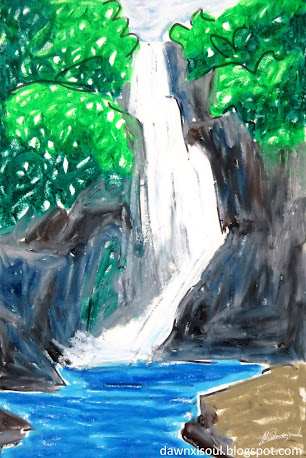
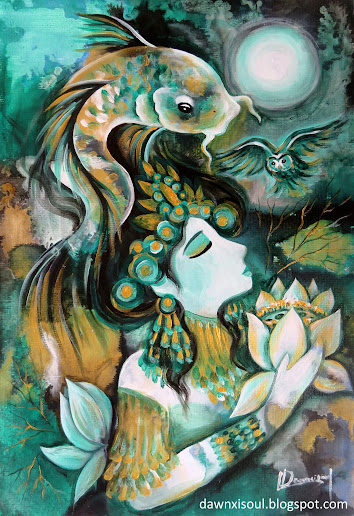

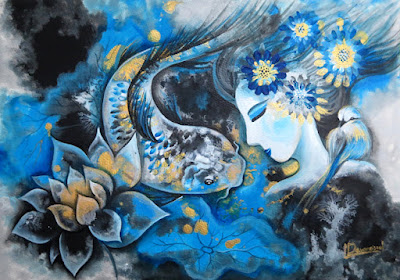
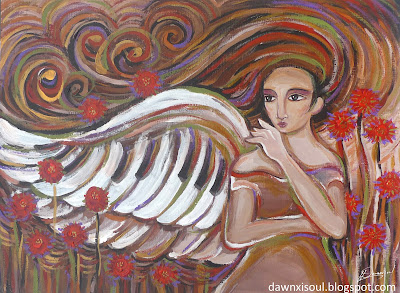
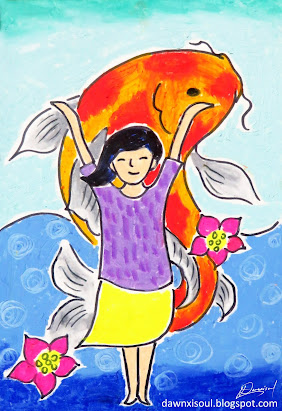


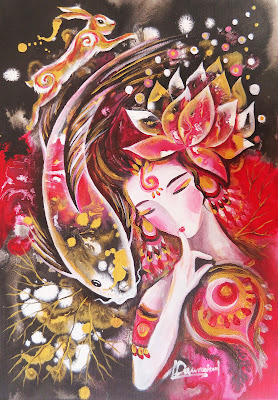
Comments
Post a Comment